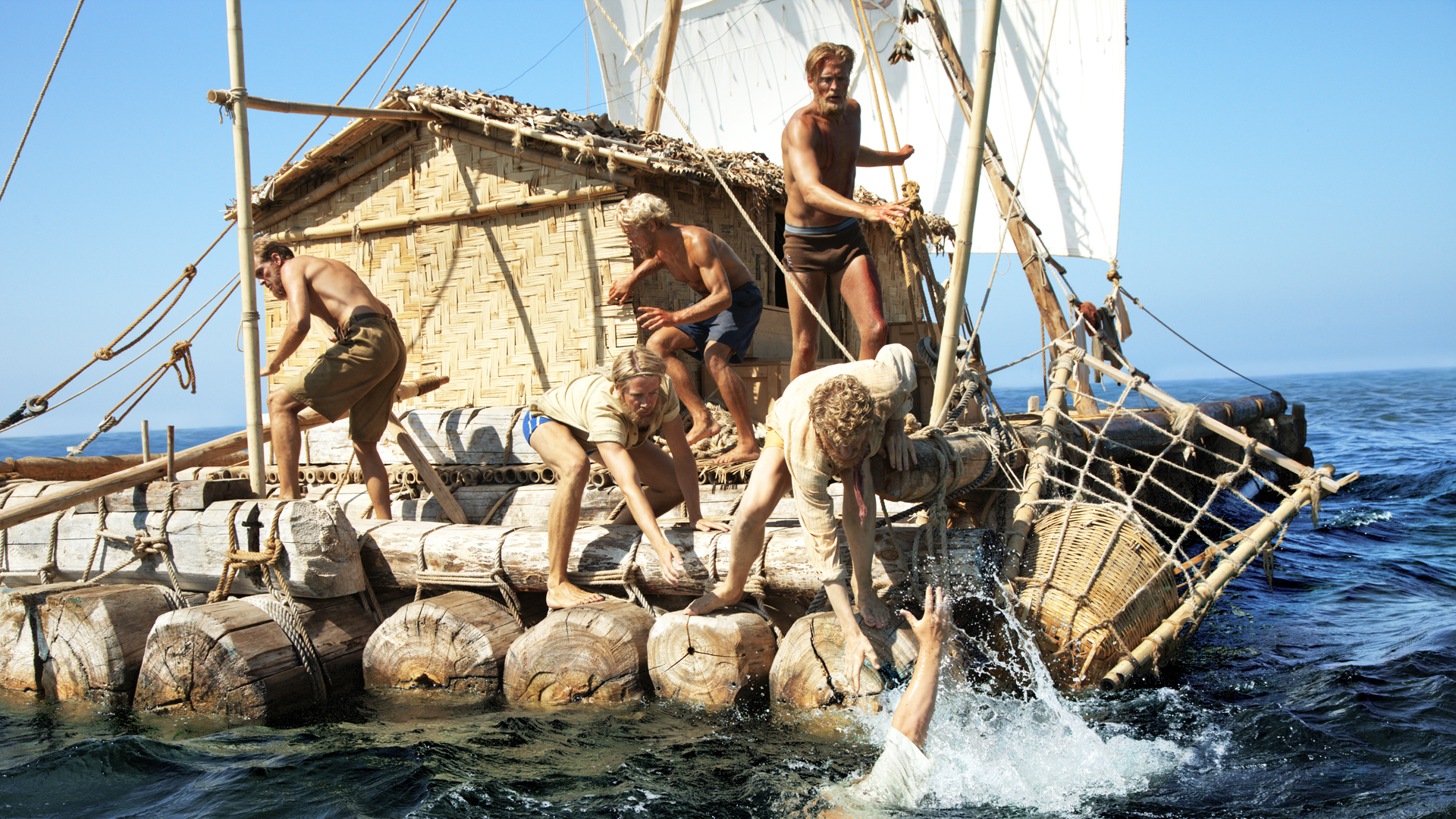Transmission of the sweet potato around the planet was primarily the work of the Spanish and Portuguese, who got it from the South Americans and spread it to Europe. That doesn't work for Polynesia, though; it's too early by 500 years. Scholars generally assume that either seeds of the potato were brought to Polynesia by birds such as the Golden Plover that regularly cross the Pacific; or by accidental raft drift by lost sailors from the South American coast. A recent computer simulation study indicates that raft drift is in fact a possibility.

Heyerdahl believed that people from South America could have settled Polynesia in pre-Columbian times. Although most anthropologists as of 2010 had come to the conclusion they did not,[1][2][3] in 2011, new genetic evidence was uncovered by Erik Thorsby that Easter Island inhabitants do have some South American DNA,[4] lending credence to at least some of Heyerdahl's theses. His aim in mounting the Kon-Tiki expedition was to show, by using only the materials and technologies available to those people at the time, that there were no technical reasons to prevent them from having done so. Although the expedition carried some modern equipment, such as a radio, watches, charts, sextant, and metal knives, Heyerdahl argued they were incidental to the purpose of proving that the raft itself could make the journey.